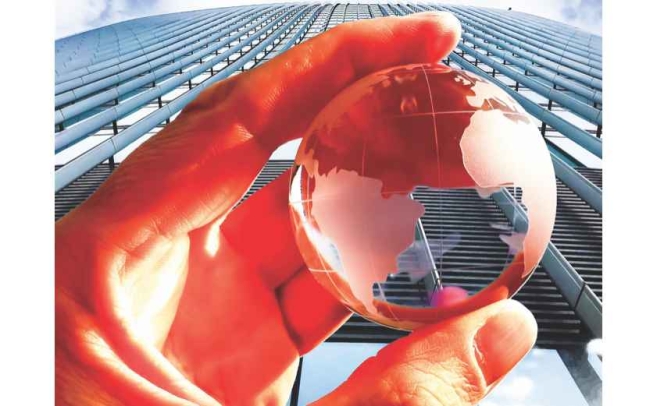
It was only many years later that we learnt about the atrocities and the inhuman ways the natives of the Amazon Valley were subjected to by the white barons to develop exporting of natural rubber to Europe to provide the main raw material for the automotive tyre industry which was gradually evolving in to a flourishing industry. The inventing of synthetic rubber in the late 1940s and the development of SBR due to the short supply of natural rubber from the colonies in the East to cater for the growing demand for tyres used in the military vehicles during the Second World War and the Korean War is another episode of beyond the border commercial endeavours.
Although the word ‘globalisation’ was coined by Theodore Levitt in 1983 through an article ‘Globalisation of Markets’ which appeared in the Harvard Business Review (May-June 1983), I feel that we should go way back in the annals of history to get an understanding of the term. This knowledge may not look attractive to the modern business world. Nevertheless, the sociologists and others of similar disciplines will certainly find such knowledge useful in comprehending the modern day socio-economic woes.
Origins of globalisation may possibly be traced back to early human migrations, presumably from the Olduvai George Gorge, a site in Tanzania that holds the earliest evidence of human ancestors. Human migration is the movement of people from one place to another, particularly different countries, with the intent of settling temporarily or permanently in the new location. It typically involves movement over long distances. The driving motive, namely seeking dominance over fellow men and exploiting the natural environment to achieve success, does not seem to have changed over the millions of years.
The emergence of the great civilisations, e.g. Indus Valley, Mesopotamia, and their subsequent decline can be attributed to globalisation. Similarly, the invasions and cross-border military conquests of historical fame (or notoriety) such as that of Alexander the Great and colonisation by the West for the exploitation of natural wealth in Asia, Africa and South America reveals an ugly facet of globalisation.
The Silk Route interlinking East Asia and Southeast Asia with South Asia, Persia, the Arabian Peninsula, East Africa and Southern Europe, on the other hand, was central to the economic, political, cultural and religious interactions between these regions form 2nd century BCE to the 18th century.
The industrialisation and expansion of business and commerce across countries during the past 300-plus years was fuelled by the four industrial revolutions, or waves as some prefer to identify them, namely steam power, conveyor system, computers and digitalisation. The process is continuing to the unforeseeable future with new knowledge and innovations fuelling the globalisation.
The multifaceted nature of globalisation has commonly been identified into eight types as shown below:
• Political Globalisation
• Social Globalisation
• Economic Globalisation
• Technological Globalisation
• Financial Globalisation
• Cultural Globalisation
• Economic Globalisation
• Geographical Globalisation
My intention is not to delve in to a discussion about the pros and cons of globalisation, which has been comprehensively documented, but to highlight on some key aspects from this part of the world, especially of the Asian subcontinent.
Knowledge dissemination across border, in my view, is the single most important factor associated with globalisation. This appears common to all the above types of globalisation. The dissemination of the Buddhist doctrine by the great Emperor Asoka to countries spreading from the far East to the Central Asia and Middle East including the present Sri Lanka during 3rd century BCE is one of the earliest recorded instances of globalisation.
Countries with long histories going back to 3,000 to 4,000-plus years, such as India, China and Sri Lanka, possessed a vast knowledge base ingrained in the social consciousness. This appears to have significantly influenced the philosophical and intellectual thought of the Greek and Persian periods. Unfortunately, a major part of this knowledge has been eroded through the influence of the West, which started around the 16th century. One good example of this knowledge found in the ancient irrigation knowledge of Sri Lanka is the engineering marvel of a gradient of 1 inch per mile in an ancient canal about 87 km long, built to connect two man-made reservoirs in the 5th century AD. Similarly, India and Sri Lanka possessed a vast indigenous knowledge base in medicine, astrology, architecture, agriculture, irrigation and astrology, and it is somewhat unfortunate that this knowledge has not been adequately globalised. The only significant inroads are seen in tourism. But that too are based on the western norms.
On the other hand, we have acquired a vast knowledge from the industrialised countries on modern management thoughts and technologies which have enabled industrialisation and improvement in living conditions of the populace. In this era of interdependency, a country cannot afford to ignore the technologies which are necessary to maintain a suitable level of competitiveness internationally. However, if this is accomplished at the expense of ignoring the inherent social and cultural foundations, the long-term adverse consequences would be disastrous and unimaginable.
The adverse long-term consequences of the use of chemical fertilisers and pesticides and the global addiction to pharmaceuticals are already seen physically and socially in practically all the countries, especially the so called underdeveloped or developing countries.
The aftermath of the Covid-19 pandemic and the irreversible effects of global warming are two examples of globalisation which are affecting the mere sustenance of mankind.
A country can immensely benefit by striving for stars through adopting modern technologies. However, the absolute importance of a strong base cannot be ignored or taken lightly. Back to a strong base and reinforcing the base lies at the core of sustainable development.
The words of Mahatma Gandhi echoing from the past reaffirm this plain truth in no uncertain terms.
“I do not want my house to be walled in on all sides and my windows to be stuffed. I want the cultures of all lands to be blown about my house as freely as possible. But I refuse to be blown off my feet by any.”
“What's past is prologue," a quote from William Shakespeare's ‘The Tempest’ presumes that though history is written, the future is anyone's to decide – with the knowledge gleaned from the past. (TT)
- Apollo Tyres
- Vredestein
- Vredestein Superpasso Pro 4S
- High-Performance Bicycle Tyres
- All-Season Bicycle Tyres
Apollo Tyres Launches Vredestein Superpasso Pro 4S High-Performance Bicycle Tyre
- By TT News
- January 17, 2026
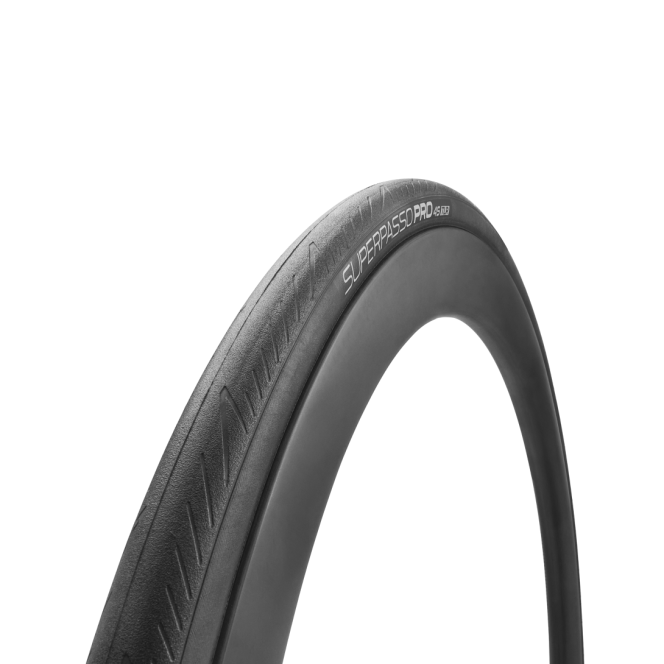
Apollo Tyres Ltd is broadening its cycling portfolio with a new all-season, high-performance option: the Vredestein Superpasso Pro 4S. Engineered for competitive cyclists, this tyre is designed to provide reliable speed and handling throughout the year, regardless of weather or road conditions. It will be available across Europe from 1 March 2026 in four different width sizes to accommodate various road bikes.
Developed at the company's European Global R&D Centre, the tyre builds upon the existing Superpasso Pro platform. It aims to merge the low rolling resistance and responsiveness of a summer performance tyre with the enhanced grip, durability and puncture resistance necessary for consistent year-round use. A key innovation is the proprietary ‘TriComp’ technology, which utilises multiple rubber compounds. A harder, reinforced centre section promotes efficiency and longevity, while softer shoulder compounds deliver superior traction and stability when cornering, even on wet or uneven surfaces.
Further contributing to its all-season capability is an optimised tread pattern. This design efficiently channels water away and maximizses the tyre's contact patch with the road, ensuring predictable handling. Underneath this tread, a 120 TPI casing and a reinforced breaker layer work in tandem to bolster puncture protection and overall resilience. Additionally, the model incorporates ‘Active Control Technology’, featuring a unique bridged centre structure. This construction method reduces overall weight and enhances the direct feedback transmitted to the rider, resulting in a more agile and connected riding experience.
Nic Knippers, Divisional Head – Vredestein Two Wheel Tyres, Apollo Tyres Ltd, said, “Following the success of the new-generation Superpasso Pro, we saw a clear opportunity to create an all-season variant that would allow competitive and enthusiast riders stay on the bike longer, regardless of the weather. The Superpasso Pro 4S achieves exactly that, faithfully transmitting rider power and steering inputs to all surfaces, year-round.”
- Department of Polymer Technology at Karnataka (Govt) Polytechnic
- Polymer Alumni Welfare Association (PAWA)
DPT Con 2026 to Unite Industry, Academia and Alumni for a Sustainable Polymer Future
- By TT News
- January 17, 2026
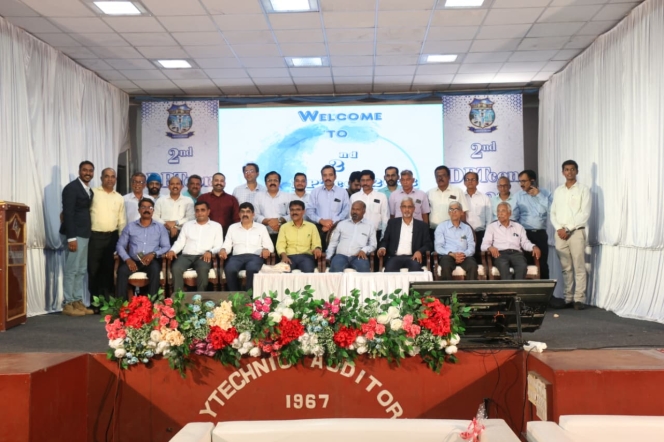
Polymer Alumni Welfare Association (PAWA), in association with Indian Rubber Institute (IRI) and Dr D Banerjee Centre of Excellence (DBCOE), Mysuru and with the support of Department of Polymer Technology at Karnataka (Govt) Polytechnic, Mangaluru, is jointly conducting the third edition of DPT-Con 2026, a national-level conference scheduled to be held on 23rd & 24th January 2026 at KPT College campus, Mangaluru.
Carrying the theme “Sustainable Polymer for a Smarter Future,” DPT-Con 2026 aims to bring together industry professionals, alumni, academicians, and students on a common platform to advance learning and collaboration for infrastructure development in polymer science and technology.
“Karnataka (Govt.) Polytechnic, a 78-year-old institution approved by AICTE, as India’s first Autonomous status Polytechnic, has been home to the Department of Polymer Technology since 1975. Over the past five decades, the department has produced more than 1,000 polymer technologists who today serve across the Tyre, Rubber, Plastics, TPE and composite industries in India and abroad. Many of these alumni now hold senior technical and leadership roles, forming a strong industry–academia bridge,” says S Vasudev Rao, convener, DPT-Con 2026.
PAWA, established in 2017 by senior alumni of the department, has played a pivotal role in strengthening this ecosystem. The association focuses on enhancing student competencies through industry engagement, infrastructure upgrades and knowledge-sharing initiatives. Earlier editions of DPT Con, held in 2018 and 2023, directly contributed to the upgradation of the rubber processing laboratory and the establishment of a modern plastic processing laboratory at the institute.
Building on this legacy, DPT-Con 2026 has set ambitious objectives. The conference seeks to fundraising to establish a cutting-edge incubation centre for composites, to provide scholarships to meritorious & deserving students, and support the maintenance and modernisation of existing rubber, plastic, TPE and composite laboratories. Enhanced student exposure through advanced equipment and real-time industrial interaction is a key focus area, alongside fostering long-term collaboration between industry, alumni and academia. The two-day programme will feature technical paper presentations, expert lectures, networking sessions and cultural programmes. A structured sponsorship framework—ranging from main and platinum sponsors to gold, kit and lunch sponsors—has been designed to encourage active industry participation, with opportunities for technical presentations and brand visibility during the event.
Organisers have set a fund-raising target of INR 2 million to support the planned initiatives and have invited industry leaders, alumni and well-wishers to contribute through sponsorships, kind support or direct participation. According to the organising committee, contributions to DPT-Con 2026 will have a direct and lasting impact on student skill development and the creation of infrastructure aligned with contemporary industry standards.
"With sustainability, innovation and collaboration at its core, DPT-Con 2026 is positioned not merely as a conference, but as a collective effort to shape the next generation of polymer technologists and strengthen India’s polymer ecosystem for the future," adds S Vasudev Rao.
In addition to Polymer Alumni dedicated team Indian Rubber Institute- DBCOE team joined hands to fulfill this noble cause.
Pirelli Sets New Benchmark With 27 Podiums And Pioneer Cyber Tyre Tech In 2025
- By TT News
- January 17, 2026
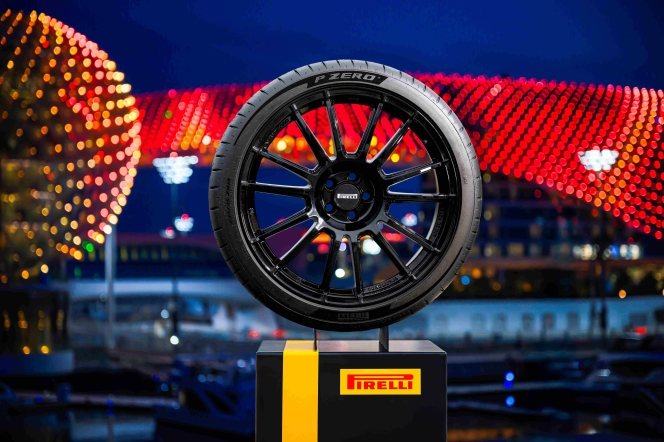
Pirelli’s 2025 was defined by exceptional innovation and acclaim across its product lines and pioneering technologies, earning numerous independent awards and test victories. The company’s flagship families – P Zero, Cinturato and Scorpion – collectively secured 27 podium finishes in 34 comparative evaluations, with 15 of those positions being first place. New global market launches were particularly successful; both the fifth-generation P Zero and the new Cinturato summer tyre each claimed two major victories. The P Zero was celebrated as the top ultra-high performance summer tyre by industry experts, while the Cinturato demonstrated an outstanding blend of safety and efficiency. Winter performance was also highlighted by the P Zero Winter 2, which won its category in rigorous testing by a leading Swedish automotive magazine.
Specialised technologies integrated into these tyres further enhanced their appeal, offering motorists tangible benefits such as increased puncture resistance and reduced cabin noise. Meanwhile, the all-season segment saw remarkable dominance from Pirelli, especially in the European market. The Cinturato All Season SF3 proved extraordinarily versatile, earning 11 test victories and widespread praise for its balanced safety profile across diverse conditions. Its SUV-oriented counterpart, the Scorpion All Season SF3, quickly replicated this success following its launch. This collective achievement led Pirelli to be crowned the All Season Champion and Top Manufacturer of All Season Tyres by prestigious German institutions.
Complementing these product triumphs, Pirelli’s Cyber Tyre technology received significant international recognition, underscoring its role in advancing connected mobility. This integrated system uses in-tyre sensors and proprietary algorithms to communicate vital data with vehicle electronics in real time, enhancing safety and performance. Over the year, it was honoured four times across different continents, including a top innovation award in the United States, a safety prize in France, a pan-European safety accolade and a Company of the Year title from a noted market analysis firm. These awards collectively affirm how Pirelli’s digital advancements are fundamentally transforming traditional automotive components, positioning the company at the forefront of the industry’s connected future.
Cemex Relies On Continental For Fleet Efficiency
- By TT News
- January 17, 2026
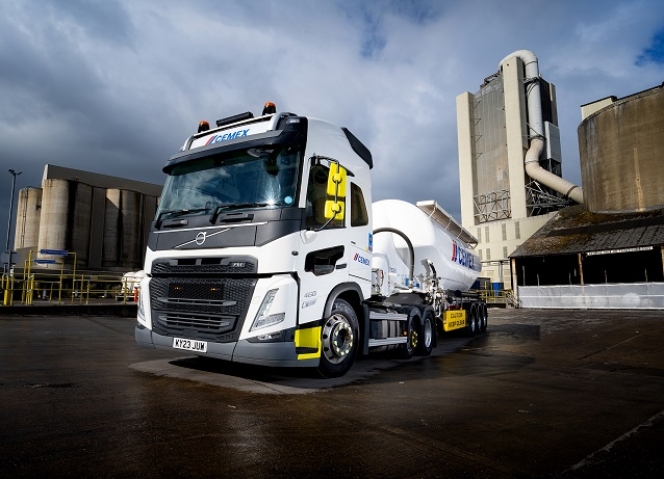
For over a decade, Continental has served as the exclusive tyre supplier to Cemex in the UK, providing comprehensive solutions for the building materials leader's entire fleet. This partnership, initiated in 2011, began when Cemex selected retreaded tyres from Continental’s Bandvulc brand and became an early adopter of the ContiConnect digital monitoring system. Cemex, founded in 1906 and a major supplier of concrete, asphalt and aggregates, operates an extensive UK network of quarries and plants serviced by a large fleet of cement vehicles, dump trucks, trailers and ships.
The demanding environments at Cemex sites, featuring sharp rocks and uneven terrain, previously made tyre-related vehicle breakdowns a significant operational hurdle. By equipping the fleet with Continental’s premium new and retreaded tyres, the company has substantially enhanced vehicle safety, reduced downtime and improved overall fleet efficiency. According to Carl Milton, Cement Logistics Manager – UK at Cemex, this open-book relationship has yielded continuous benefits, from lowering driving costs to increasing vehicle durability and performance.
A cornerstone of this collaboration is the ContiConnect tyre pressure monitoring system. Sensors in the tyres provide real-time data on inflation and temperature, transmitting this information to cab displays and a web-based platform for fleet management. Nigel Ponton, UK Fleet Engineering Manager at Cemex, notes that the system does more than monitor deflation; it analyses heat transfer to predict imminent brake or wheel bearing failures, enabling proactive maintenance. Email alerts from the platform allow both the transport team and tyre providers to address issues in advance, supported by additional checks from Yard Reader stations at Cemex plants.
The partnership has deepened through joint innovation and testing. Milton highlights that the two companies have worked closely to optimise tyre designs for Cemex’s unique operational environments, achieving the best possible fuel economy. Cemex is frequently invited to trial new tyre models, providing feedback that directly contributes to the refinement and development of Continental’s product range. Pina Wallace of Continental concludes that this cooperative relationship is a perfect example of mutual success, where tailored solutions meet specific customer demands while invaluable feedback enhances product offerings. This synergy underscores Continental’s customer-centric approach and the tangible, shared value born from a deeply collaborative alliance.







Comments (0)
ADD COMMENT